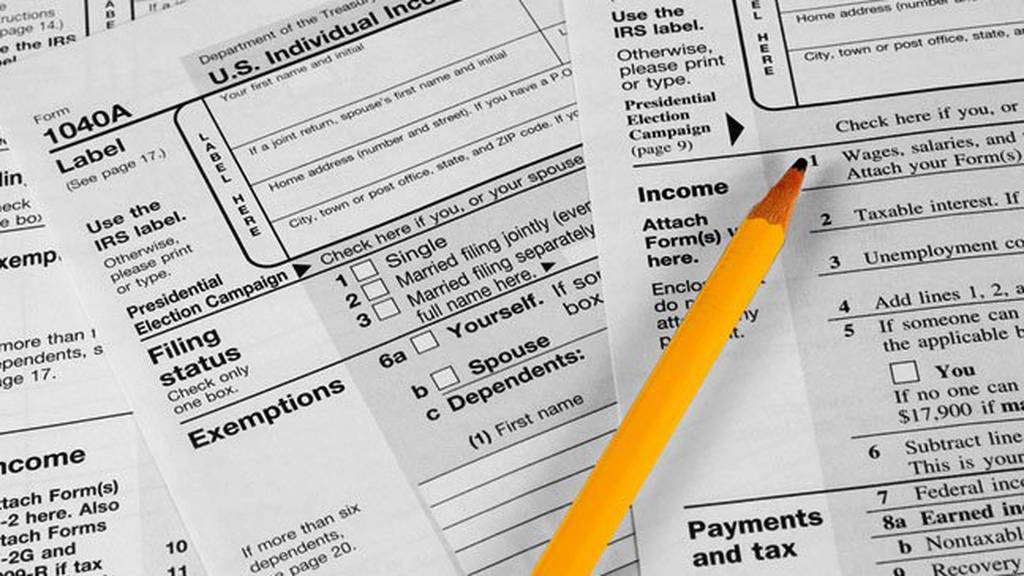Form 8800 is used to qualify for an additional tax credit, up to $1,000, if you contributed to a retirement account; such as IRA, Roth IRA, 401(k) or other similar elective contribution programs. It’s also known as the saver’s credit. The maximum qualifying contribution is $2,000.
How much you’ll qualify for depends on how much you contributed and your income.
To qualify, the person making qualified contributions cannot be claimed as a dependent on someone else’s tax return or be born after January 1, 1993.
You also don’t qualify for the credit if you were a student during the tax year. You are considered a student during the year if you spent any part of 5 calendar months as a full-time student at a school, or took a full-time on-farm training program by any school or state, local, or county government agency. For the purpose of Form 8880, “school” includes technical, trade, and mechanical schools, but not on-the-job training courses, correspondence courses, or schools offering courses only online.
Here’s a list of everything you’ll need to figure your credit:
- The amounts you and your spouse made in traditional IRA and Roth IRA contributions this year, not including rollover contributions
- The amounts you and your spouse made in Elective deferrals to a 401(k) or another qualified employer plan, voluntary employee contributions, and 501(c)(18)(D) plan contributions for 2010
- If you’ve made distributions from the account since 2007, you’ll need these amounts. The list of accounts that fall into this category is extensive, including loans treated as distributions and distributions from military retirement plans. For safety’s sake, gather any documents for any fund distributions since 2007, and consult the list included in the Form 8880 instructions.
- A copy of your Form 1040, 1040A, or 1040NR. The total amount of your credit is limited based on other credits, and you’ll need to record credits listed on certain lines of your tax return. If you’re filing a Form 1040, you’ll need the total from lines 47 through 49 of your Schedule R, line 22. Form 1040A filers will need the total of credits from lines 29 through 31. 1040NR filers will need the total from lines 45 and 46.
| Married Filing Jointly | Head of Household | All other filiers | |
|---|---|---|---|
| 50% of your contribution | AGI not more than $41,000 | AGI not more than $30,750 | AGI not more than $20,500 |
| 20% of your contribution | $41,001 - $44,000 | $30,751 - $33,000 | $20,501 - $22,000 |
| 10% of your contribution | $44,001 - $68,000 | $33,001 - $51,000 | $22,001 - $34,000 |
| 0% of your contribution | more than $68,000 | more than $51,000 | more than $34,000 |
With all that information gathered, Form 8880 practically fills out itself. You’ll record the relevant amounts on the form, which will then lead you through a bit of arithmetic to figure out your credit. (Exactly how much credit you qualify varies based on income, contributions, and distributions.) The process isn’t nearly as tricky as it sounds. Once you have all the relevant information you need, filling out Form 8880 is an easy, self-explanatory step-by-step process.
Read More: What Is The Cheapest Tax Software









